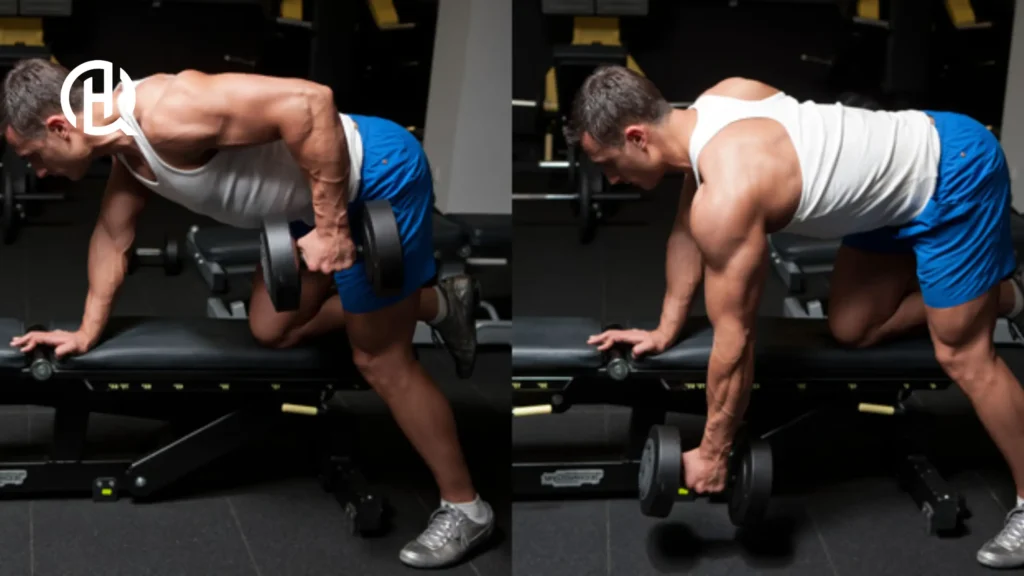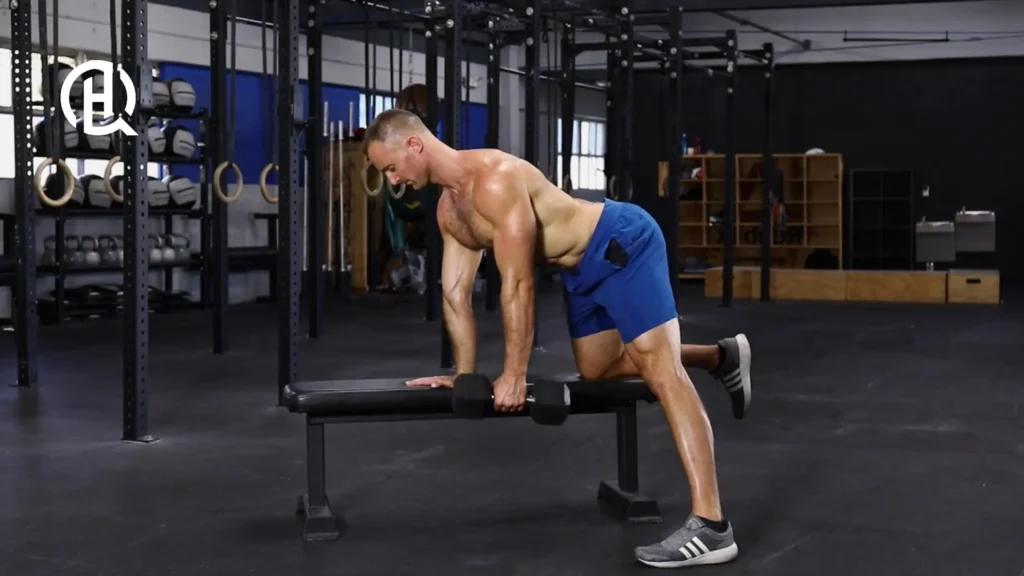

Want to get stronger, leaner, and take your fitness to the next level? Explore our workout programs now!
The single-arm dumbbell bent-over row may not get as much attention as a heavy compound barbell pull. Still, it offers one of the best “bang for your buck” when it comes to building upper-back strength, postural integrity, and shoulder stability. Whether you’re looking to up your pulling prowess, or chisel out a more defined back, this unilateral row variation deserves a place in your back routine.

This row variation also plays a role in evening out the muscular imbalances from side to side, which is a smart move to keep you injury free and your joints healthy for the long haul.
This guide unpacks how to do the single-arm dumbbell bent-over row with perfect form, explains the major benefits of adding it to your training program, highlights mistakes that can hamper your results, and offers expert pointers for getting the most out of every rep.


This exercise hits the lats, traps, rhomboids, and rear delts. It contributes to creating the thick upper back that supports an upright posture, and it complements pressing strength in exercises such as the bench press or the overhead press. It builds toward that “V” taper that many lifters seek, with the added bonus of increased pulling power and control.
Your core is still responsible for maintaining a neutral spine even while being supported by one hand and one leg on the bench. This one-sided arrangement is testing how well you can brace your mid-section and not rotate. Training that way develops anti-rotational strength, which will help you resist rotational forces in your everyday movements and athletic endeavors
This single-arm variation requires each side of your body to act unilaterally, unlike barbell rows. This ensures balanced growth and exposes weaknesses that you don’t get with the two-arm version of the dumbbell row, so you can adjust volume or work on correcting imbalances.
This movement simulates real-life pulling, which can have practical implications for function because it is related to task performance (e.g., picking up groceries, pulling doors open, or general upper body power generation).

